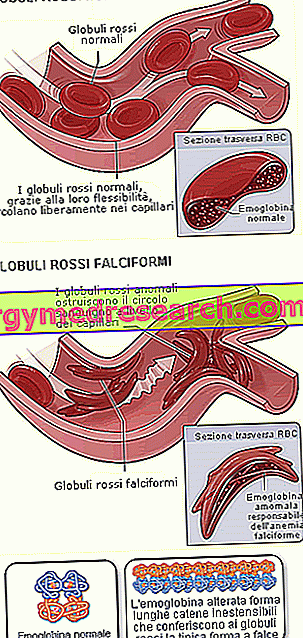Definition
Ononic hair is an alteration in which the nails tend to increase excessively in thickness near the distal margin and become long, yellow-brown, curved downwards and spiral-shaped.
This deformation gives the affected extremity a characteristic appearance, similar to a hook or a ram's horn, so it is also called "claw nail".

Onicogrifosi - Image taken from wikipedia.org
Onychogrifosis is due to an abnormal growth (hypertrophy) of the lamina, often associated with the presence of alterations of the matrix and the nail bed.
This manifestation is observed mainly on the toes and can be caused by numerous factors, such as microtraumatisms repeated on the matrix caused by shoes that are too tight and injuries resulting from violent impacts suffered by the nail.
In addition, ononic food can be a symptom of many diseases, such as skin diseases (psoriasis and ringworm), infections (eg onychomycosis), circulatory disorders, diabetes, nutritional deficiencies or poor hygiene of the parties concerned. This deformity is very common among the elderly who have bony deviations of the toes, for example, due to hallux valgus or arthrosis. Onychogrifosis may also have a congenital origin.
In addition to the aesthetic consequences, these nails are very painful; the deformity and thickness create a conflict with the underlying tissues, so even a slight pressure, like that of a simple sheet resting on top of the foot, can induce a sense of annoyance. For the person who suffers, it can be difficult to put on shoes and sometimes walk.
The ononic agent can cause the onset of a callus beneath the nail (onychophysis), which contributes to pain and disability (lameness). Furthermore, a severely hypertrophic nail can penetrate the adjacent finger, causing inflammation.
In the case of ononic food there is no effective drug therapy and the only treatment consists in removing the deformed nails to avoid regrowth.
Possible Causes * of Onychogrifosi
- Hallux valgus
- Arthrosis
- Dermatophytosis
- Diabetes
- Onychomycosis



